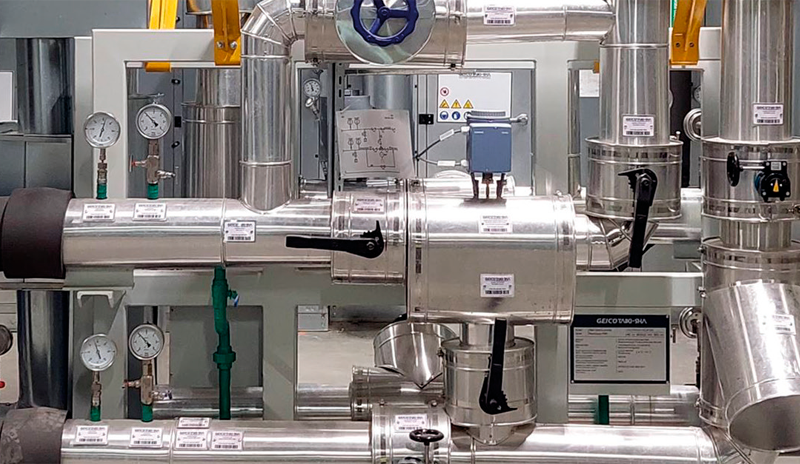2023, July 26 | webinar
Flownex - Hybrid 1D-3D Turbine Blade Cooling
The design process for turbine blade cooling requires iteration on many parameters: the ideal solution for this problem is a hybrid 1D-3D simulation approach
The design process for turbine blade cooling requires iteration on many parameters, such as the geometry, the size, the number of channels inside the blade, and the number and distribution of film cooling holes. During this phase, designers consider the mass flow rate distribution through film cooling holes, the total bleed air consumed, and the maximum wall temperatures. Due to the disparity in length scale between the blade itself, the internal cooling channel structures, and the cooling holes, meshing and solving the cooling flow inside a turbine blade using a full 3D CFD model is very time-consuming and costly.
1D CFD codes allow for detailed and efficient modelling of the internal cooling flow in the conceptual design stage since the effort to set them up, and their computational cost is orders of magnitude less than that of internal flow 3D CFD models. In contrast, the main-passage flow simulation is still well suited to a 3D CFD model. Therefore, the ideal solution for this problem is a hybrid 1D-3D simulation approach.
In this webinar, Vincent Britz, Thermofluids Solver Developer at Flownex, will showcase a 1D flow and heat transfer network model of the internal blade cooling structures in Flownex with a 3D CFD model for the main passage flow in Ansys CFX. He will discuss the setup process and coupling of the codes and also review the results of the hybrid solution approach.
Enjoy the webinar!
July 26, 2023 | First Session: 10 AM CET - Second Session: 12 PM EST
Speaker: Vincent Britz, Thermofluids Solver Developer, Flownex
For all information and registration, please visit the dedicated web page.
Featured news
13 - 15 Gennaio 2026 | Fiera internazionale
news die-casting magma metal-process-simulation
Martedì 2 dicembre 2025 | 14.30 - 17-8.15 | seminario
news research digital-manufacturing
23 Ottobre 2025 | Evento in presenza
news industry4 innovation rockwell dataanalytics
Autunno 2025 | bandi di finanziamento
news industry4 research
2025, October 8-9 | Conference
particleworks news
